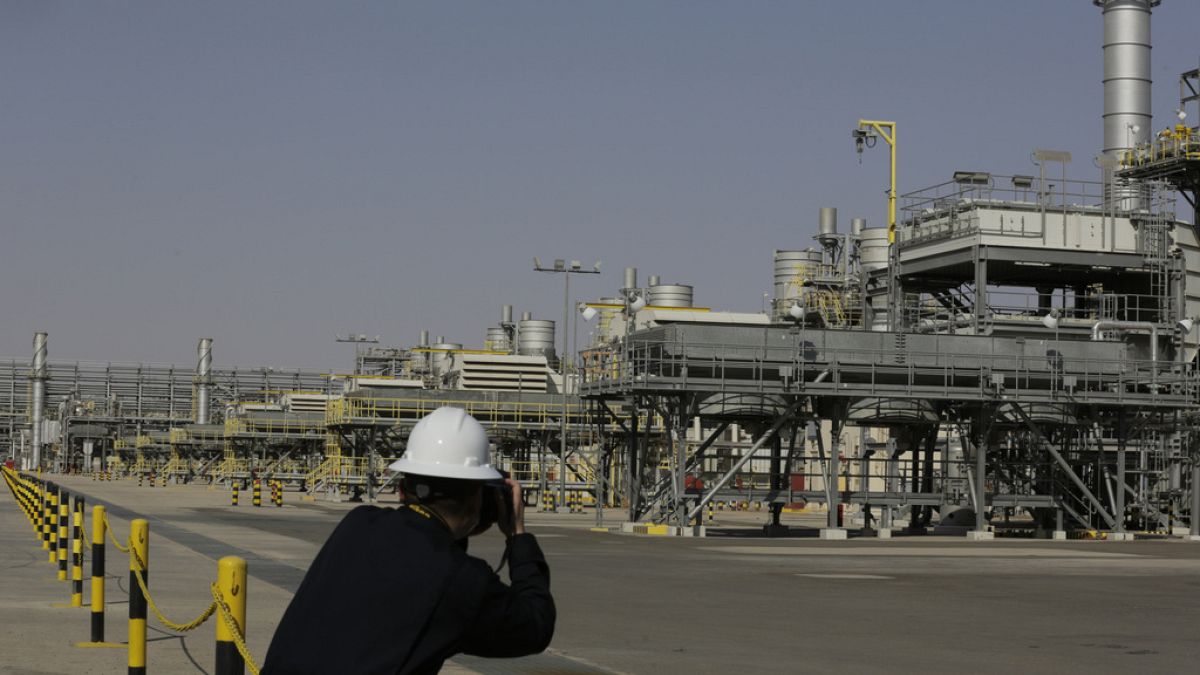

In a significant and coordinated step, eight countries within the OPEC+ alliance have agreed to boost oil production by 548,000 barrels per day beginning in September. This decision reflects a broader strategy to stabilize the global oil market, which has been facing fluctuating demands and supply constraints. The agreement underscores the alliance’s commitment to ensuring adequate supply and meeting the anticipated increase in consumption as economies gradually recover worldwide.
Concurrently, the United States is witnessing shifts in its economic landscape, marked by initiatives impacting domestic and international stakeholders. In a recent development, President Donald Trump dismissed the U.S. jobs data chief following a disappointing employment report. The report exhibited that only 73,000 jobs were added in the previous month, and adjustments for May and June revealed 258,000 fewer jobs than initially estimated. This action signifies the administration’s dedication to addressing employment challenges and enhancing economic performance.
Meanwhile, trade tensions remain palpable as the White House enforces further tariff measures on European Union products. While the executive order, effective from July 31, sets 15% tariffs on several EU products, it retains a 25% tariff on car imports. This strategic stance is pivotal as it aims to strengthen the U.S. automotive industry amid ongoing international trade negotiations. The retention of tariffs demonstrates an effort to prop up domestic manufacturing and recalibrate trade balances, fostering a competitive yet cautious environment for international trade partners.
Across the Atlantic, the United Kingdom is also adapting to economic pressures through monetary policy adjustments. As global trade faces disruptions due to fresh tariffs and rising unemployment, the Bank of England is predicted to lower interest rates. Analysts expect the Bank’s Monetary Policy Committee (MPC) to reduce rates by a quarter point to 4% in its upcoming meeting. This anticipated cut would be the fifth adjustment since August of the previous year, reflecting measures to mitigate recessionary threats and promote economic resilience. Such monetary strategies are essential to counteracting the impact of external economic pressures and maintaining domestic economic stability.
In conclusion, these economic developments underscore a dynamic interplay of collaborative and individual national strategies across the globe. OPEC+’s decision to increase oil output aims to meet consumption needs, whereas U.S. trade and employment policies highlight focused national economic revitalization efforts. Concurrently, the UK’s monetary tactics illustrate an adaptive response to external economic strains. Collectively, these movements signify a period of strategic recalibration for global economies seeking to sustain growth and stability in the face of evolving challenges.
Source: {link}
